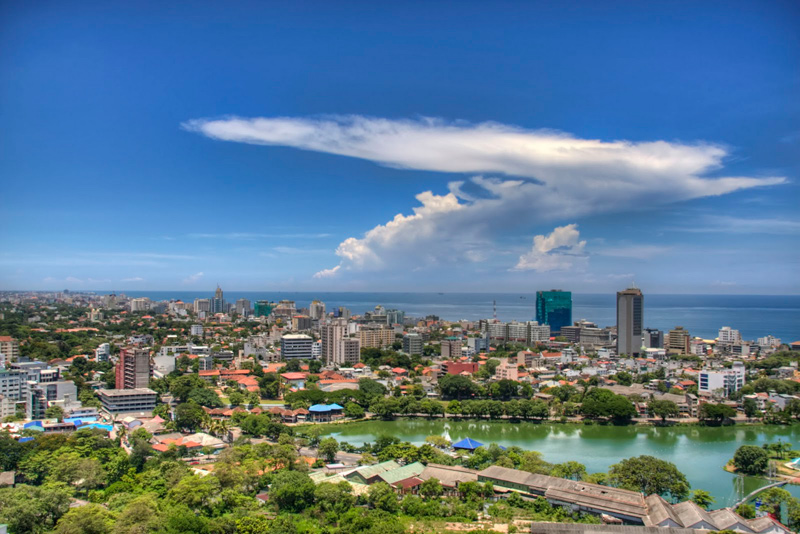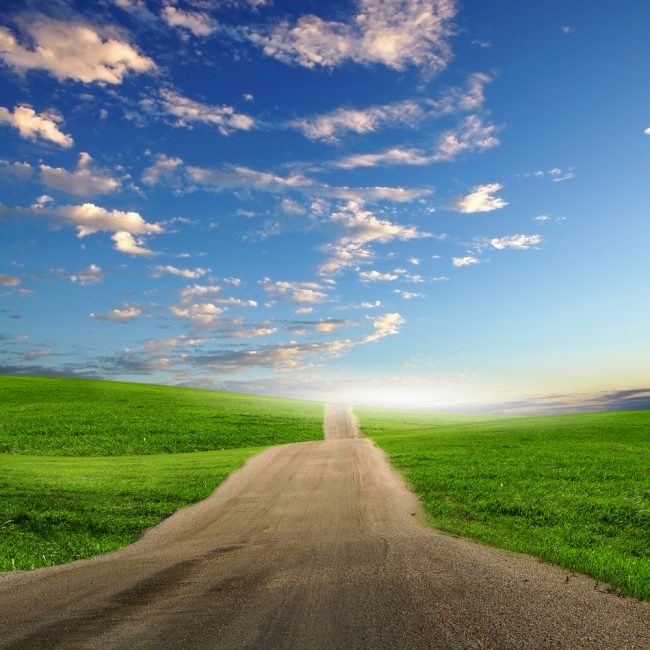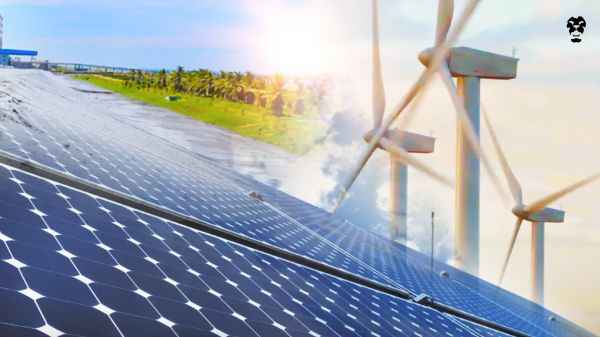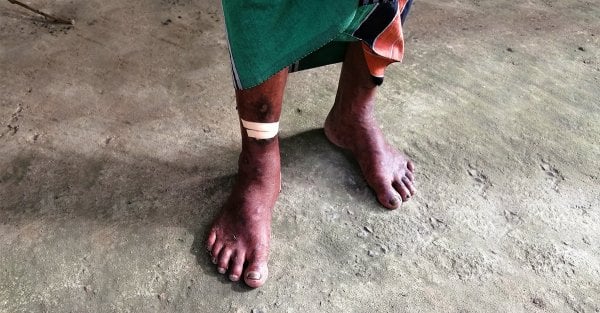
This article was first published in the April 2016 edition of Echelon magazine.
Last September, Sri Lanka pledged support towards the United Nations’ Sustainable Development Goals (SDGs), at the UN Sustainable Development Summit. Since then, the Government has set up a Sustainable Development Secretariat under the Ministry of Sustainable Development and Wildlife.
According to the UNDP, the Post-2015 Sustainable Development Agenda takes into account seventeen SDGs, aiming “to end poverty, fight inequality and injustice, and tackle climate change by 2030,” with an added focus on development and sustainability.
While it may sound great on paper, to most of us, ‘sustainability’ is still a relatively new concept, with the potential to be misunderstood. To help wrap our minds around this concept, let’s explore a few common misconceptions.
Misconception #1: Sustainability Is Equivalent To “Being Green”
The word sustainability has sadly devolved into ‘going green’ or perhaps even, ‘being hippie’ and hugging trees. It’s no different in Sri Lanka, where organic produce is labelled as merely being “green”, and sustainable products are sold at events like the “Colombo Hippie Market”. It’s understandable that the word sustainability brings about an ambiguous sense of environmental virtue because it’s a word that’s applied to a range of concepts from eco-efficient cars/buildings to eco-friendly energy sources, but in reality, it’s a lot more than just being eco-friendly.

Sustainability Professional? You mean tree-hugger, right? Image courtesy: cdn.onegreenplanet.org
One of the oldest known definitions of sustainable development dates back to the 1987 Brundtland Commission Report, which describes it as:
“Development that meets the needs of the present without compromising the ability of future generations to meet their own needs.”
Studies by Johnston et al., (2007) show that approximately 140 alternative or modified definitions of sustainability emerged in two years since the Brundtland Commission Report was published. However, the original definition, which has no mention of the word ‘environment’, was created to focus on empowerment of disadvantaged nations and the creation of equity. It suggests that if the currently large and continuously growing population uses existing resources inefficiently and generates too much waste for Earth to process, future generations won’t have the same quality of life – including economic and social aspects.
Take climate change for example. Is it just an environmental issue? What about its economic implications? Some time ago, we experienced off-season monsoon rains in the Western Province, and overall weather patterns have also shifted. These changes result in increased intensity of natural disasters that damage infrastructure, devastate crops, and even contribute to potential risk of disease, all of which have an economic ‒ as well as social ‒ impact to Sri Lanka.
So in a nutshell, sustainability is about ensuring that the planet doesn’t become an inhospitable place for humans. Misconception, busted!
Misconception #2: Sustainability Is About Saving Our Planet

Saving the world, Captain Planet style. Image credit bigshinyrobot.com
Growing up, some of us may have longed to be on Captain Planet’s Team of Planeteers, with dreams of saving the world. Yet, it could also be said that the Earth hardly needs any saving. We constantly hear of dire forecasts, but unless a massive meteorite hits the Earth and we are smashed into smithereens, life will persist on this planet. In fact, even if there is an event of mass extinction, a few species will recover. Living dinosaurs, anyone?
Mother Earth is a tough cookie. In technical terms, this is called resilience. It is the capacity of a system to adjust to disturbances without crossing a threshold into an alternative and possibly less “friendly” stable state. Once the system’s capacity to resist these disturbances deteriorates, so does its ability to provide biophysical goods and services essential for a satisfactory quality of life. This would mean a world where we survive with ample economic wealth, yet have no access to clean air and water. Take the Beira lake for example. Before it was restored, the lake was polluted with solid waste and effluents. The water had turned green, the stench was unbearable, and it was far from aesthetically pleasing, making it hardly useful for any of us humans.
However, whenever we walked by the lake or visited the Gangarama seema malakaya, we would still see life in these waters ‒ fish, tadpoles, dragonflies, other insects, and even the occasional bird swooping down to grab whatever grub it could find.
So rather than being concerned about saving the planet, we should be worried about the future quality of our lives.
Misconception #3: Sustainability Is A Destination

Is it a destination or a journey? Image courtesy careerealism.com
You would have probably heard that sustainability is a state that an individual or an organisation would like to achieve. You heard wrong. Did you hear that sustainability isn’t a destination but a journey? Well then, you heard wrong, again.
Sustainability is actually a mix of both.
Let’s take a step back and recall the conversation between Alice and the Cheshire cat in Lewis Carroll’s Alice in Wonderland:
“Would you tell me, please, which way I ought to go from here?”
“That depends a good deal on where you want to get to,” said the Cat.
“I don’t much care where—” said Alice.
“Then it doesn’t matter which way you go,” said the Cat.
The route to sustainability is a tough one with many detours along the way. If we don’t really know where we want to be or get to, then as the Cheshire cat says, any road will do. However, chances are that we’ll be walking around aimlessly, wasting time and achieving little along the way to the destination. This is where the ‘destination’ becomes purposeful, backed with strategic goals and meaningful milestones. The journey to this destination, however, is a dynamic one, and requires a great deal of commitment.
Misconception #4: Sustainability Is The Responsibility Of Large Organisations/Corporations

The blame game isn’t really helping anyone. Image courtesy: cdn2.hubspot.net
It’s true that close to half of the largest economic entities of the world are corporations, and it’s also true that most of these companies are equated with evil. The reality, however, is that a lot of them are investing in sustainability initiatives and trying to move away from ‘business as usual’. Additionally, with information readily available to most consumers/customers, and with a push from investors, businesses are increasingly becoming transparent with regard to sustainability reporting.
According to Kishor Hameed, Head of Sustainability and Stakeholder Engagement at Maga Engineering Ltd., and Stakeholder Council Member at the Global Reporting Initiative (GRI), around sixty public listed companies in Sri Lanka publish sustainability reports, with a majority using the GRI framework for this purpose.
However, it’s not up to the corporate sector alone; being sustainable is everyone’s responsibility ‒ from the Government, to non-governmental organisations, to each and every Sri Lankan.
The Sri Lankan Government, for instance, needs to ensure policies and reforms such as mandatory standards, polluter-pays schemes, tax credits and incentives etc., are in place to not only encourage sustainable living among citizens, but also to support large corporations that are already embracing sustainable practices. Similarly, if the Government has environmental laws and regulations, we need to abide by them: reduce the use of non-biodegradables, reuse waste material, pay your employees/helpers a minimum wage ‒ the list goes on. There are so many ways to contribute to the solution; we just need to be more responsible and mindful of our habits.
Misconception #5: Now That I Have An Idea About Sustainability, It’s Going To Be EASY To Be Sustainable

Calvin’s a cynic, really. Image courtesy imgur.com
Sustainability is riddled with complexities, uncertainties, biophysical limitations, and conflicting human interests, which makes it a pretty challenging concept. It isn’t easy to declare any practice as “sustainable” until we understand the issues that would arise throughout its lifecycle: even with the latest technologies that keep popping up, we aren’t evolved enough to understand the unforeseen and unintended consequences of our actions. One example for this would be the hole in the ozone layer. When chlorofluorocarbons (CFCs) were developed commercially as refrigerants during World War II, it made a significant contribution to the food industry. Little did we know then that their commercial and industrial value notwithstanding, CFCs posed a serious threat to the ozone layer.
As Albert Einstein quite rightly said in 1948 at the World Congress of Intellectuals in Defence of Peace,
“Our situation is not comparable to anything in the past. It is impossible, therefore, to apply methods and measures which at an earlier age might have been sufficient. We must revolutionize our thinking, revolutionize our actions, and must have the courage to revolutionize relations among nations of the world. Cliches of yesterday will no longer do today, and will, no doubt, be hopelessly out of date tomorrow.”
If we fail to understand the interrelatedness of things, solutions may cause more problems. Even the simplest of issues require complex and reflective thought on an ongoing basis, if suitable solutions are to be found. Without a proper understanding of what sustainability is, it is difficult to employ sustainability as a response to a rapidly evolving crisis.
Featured image courtesy: srilankandreams.com








